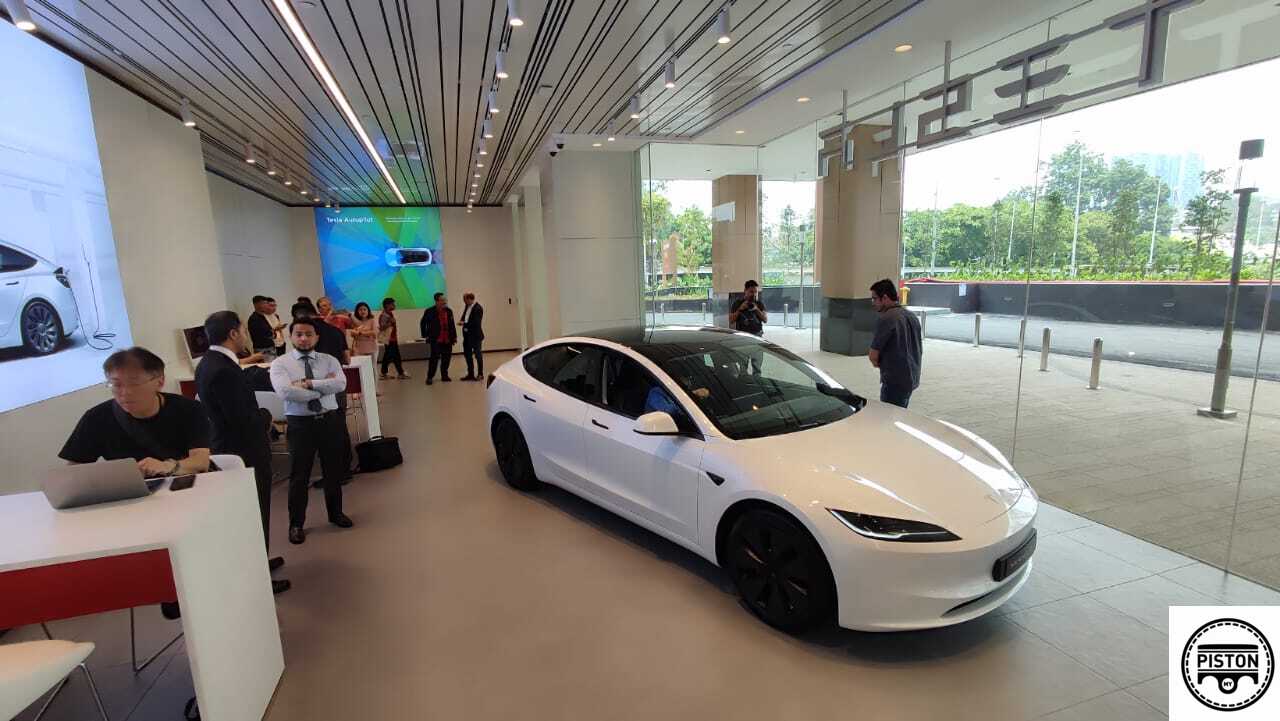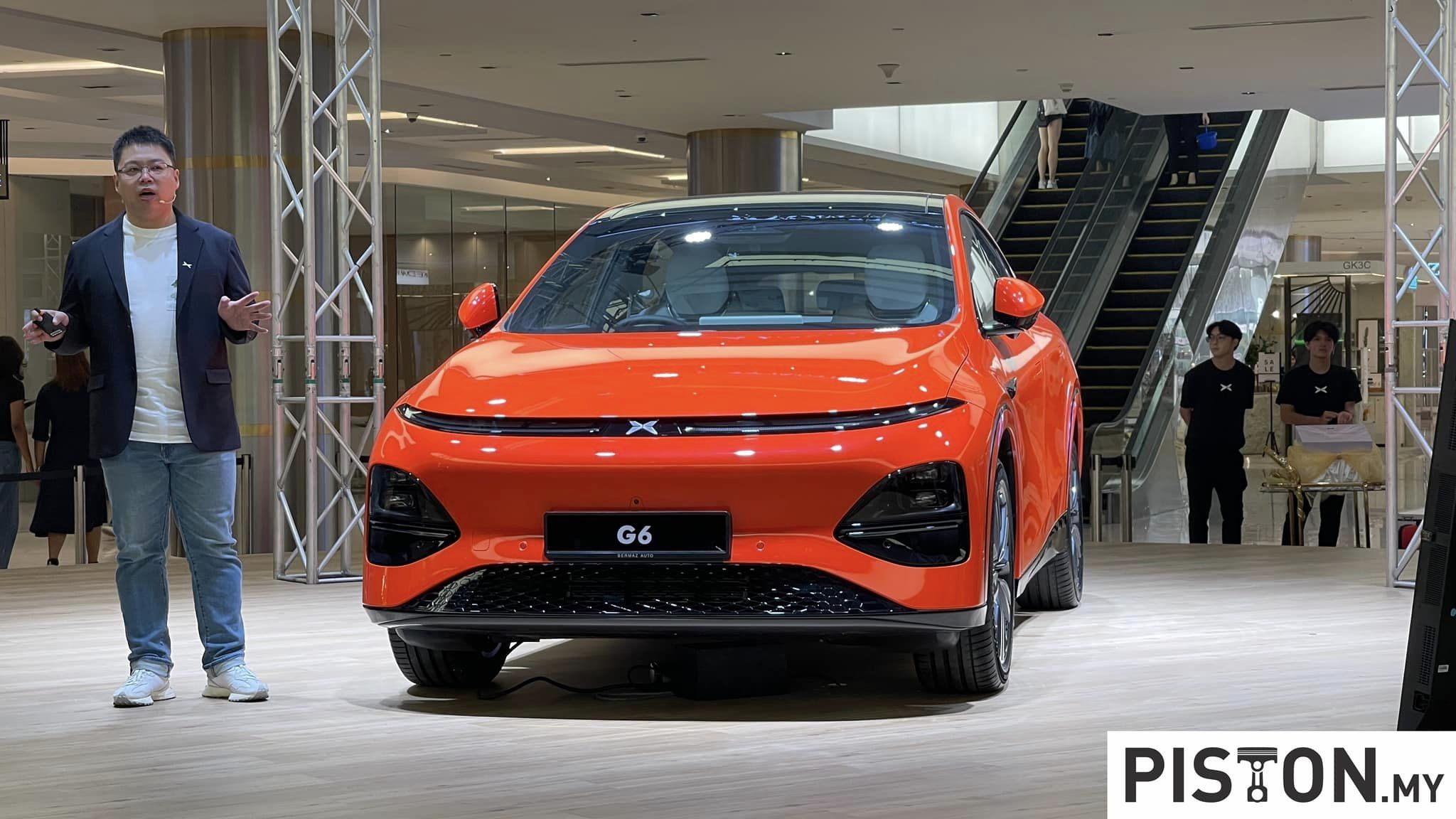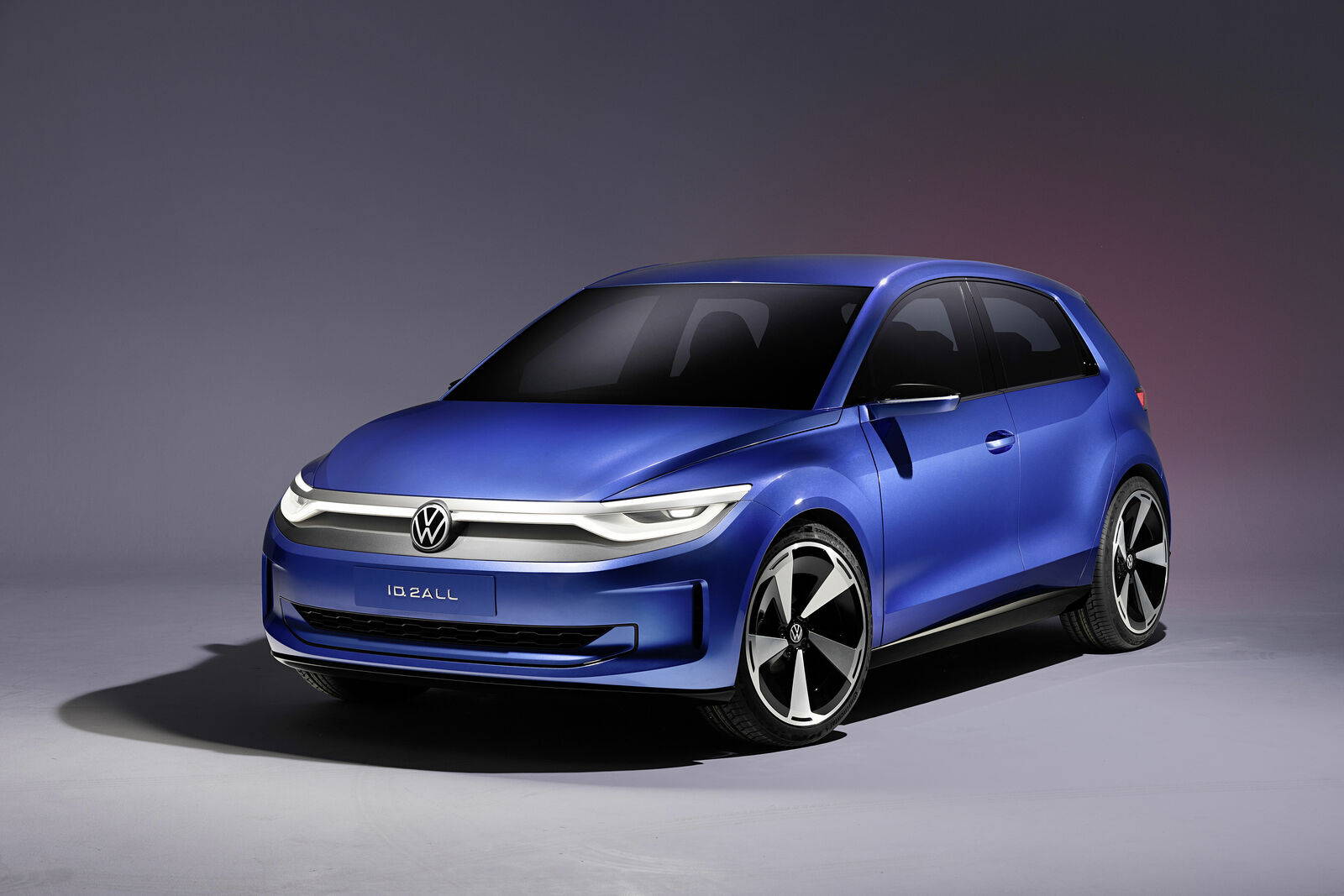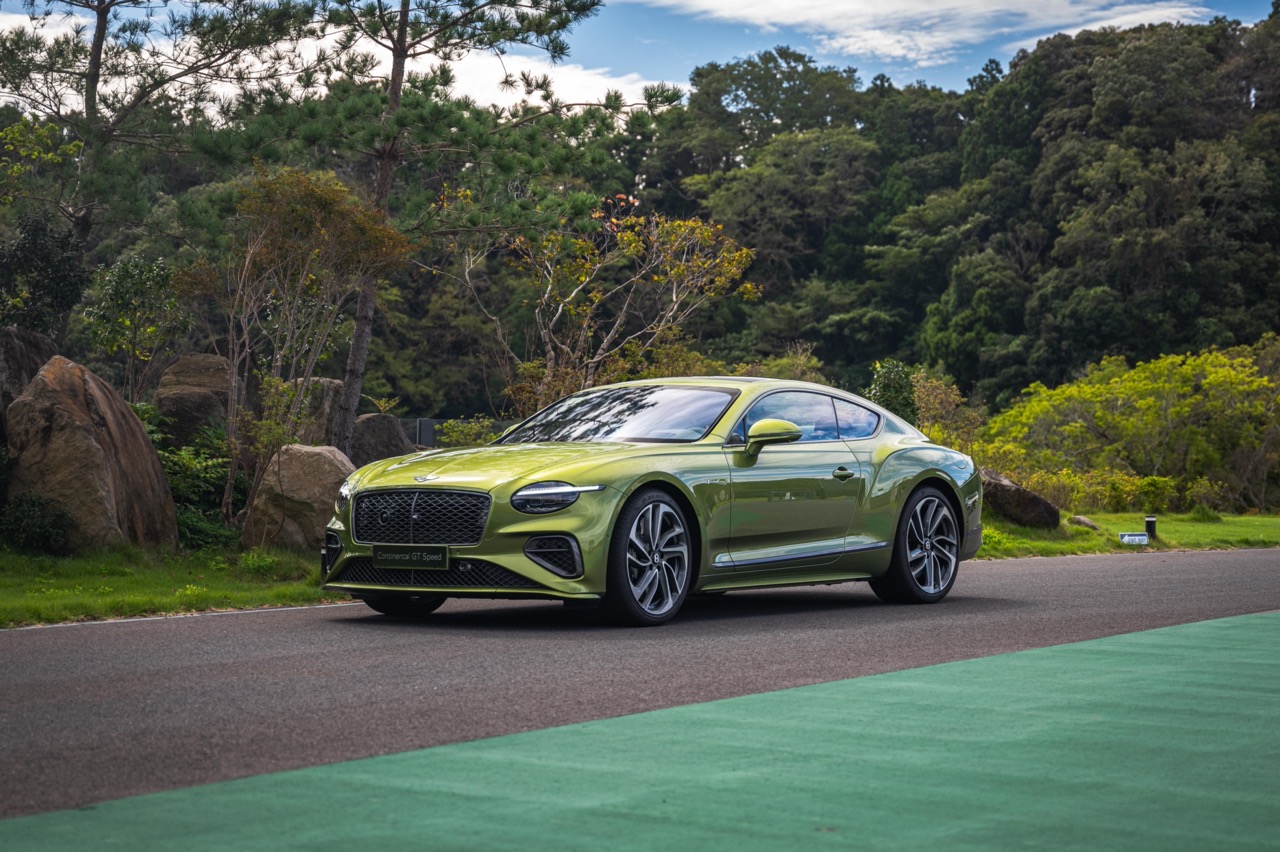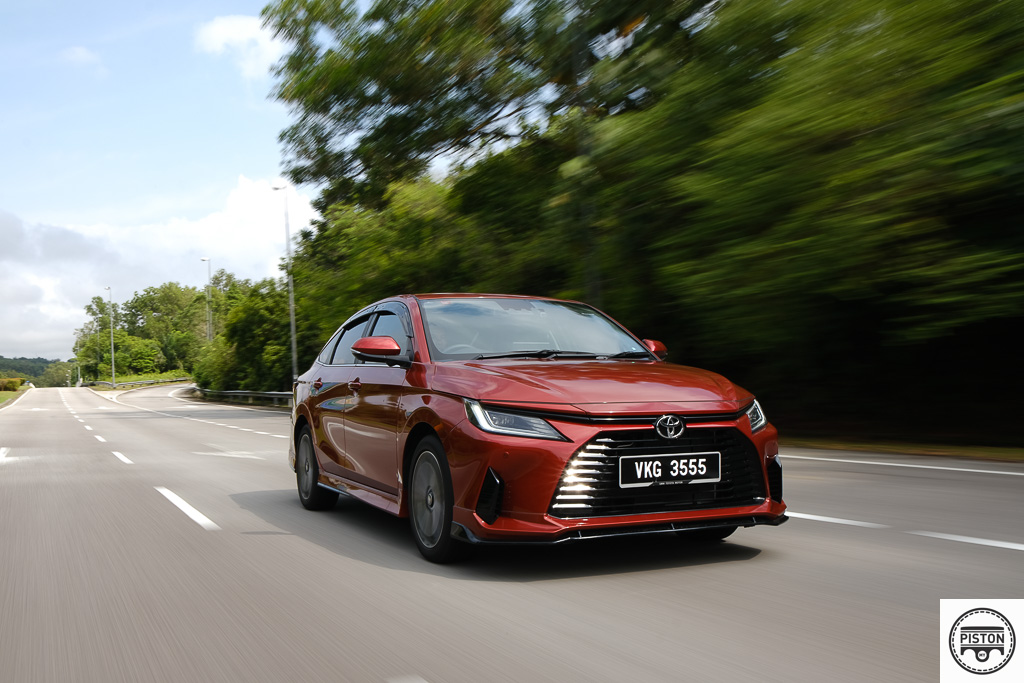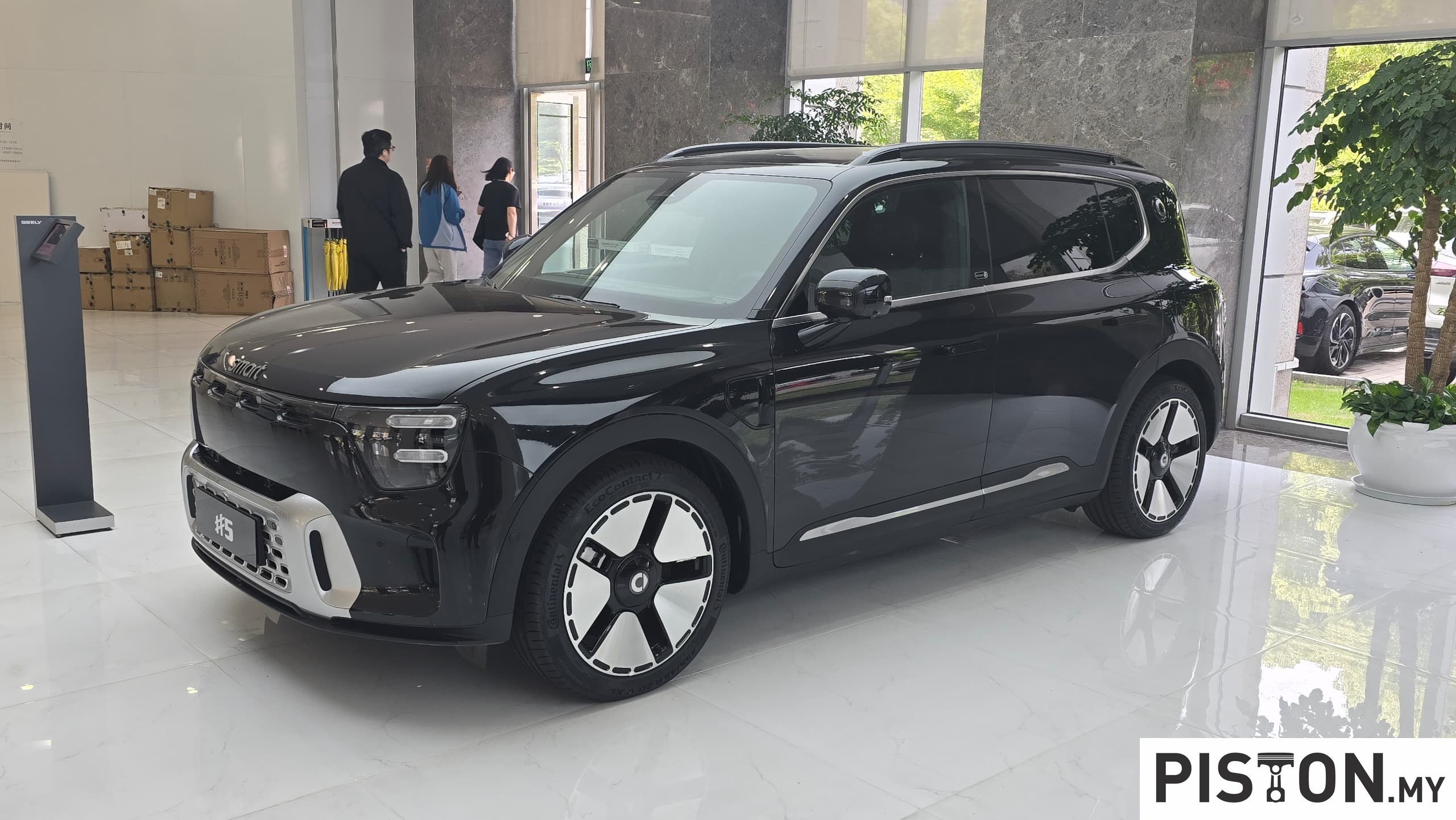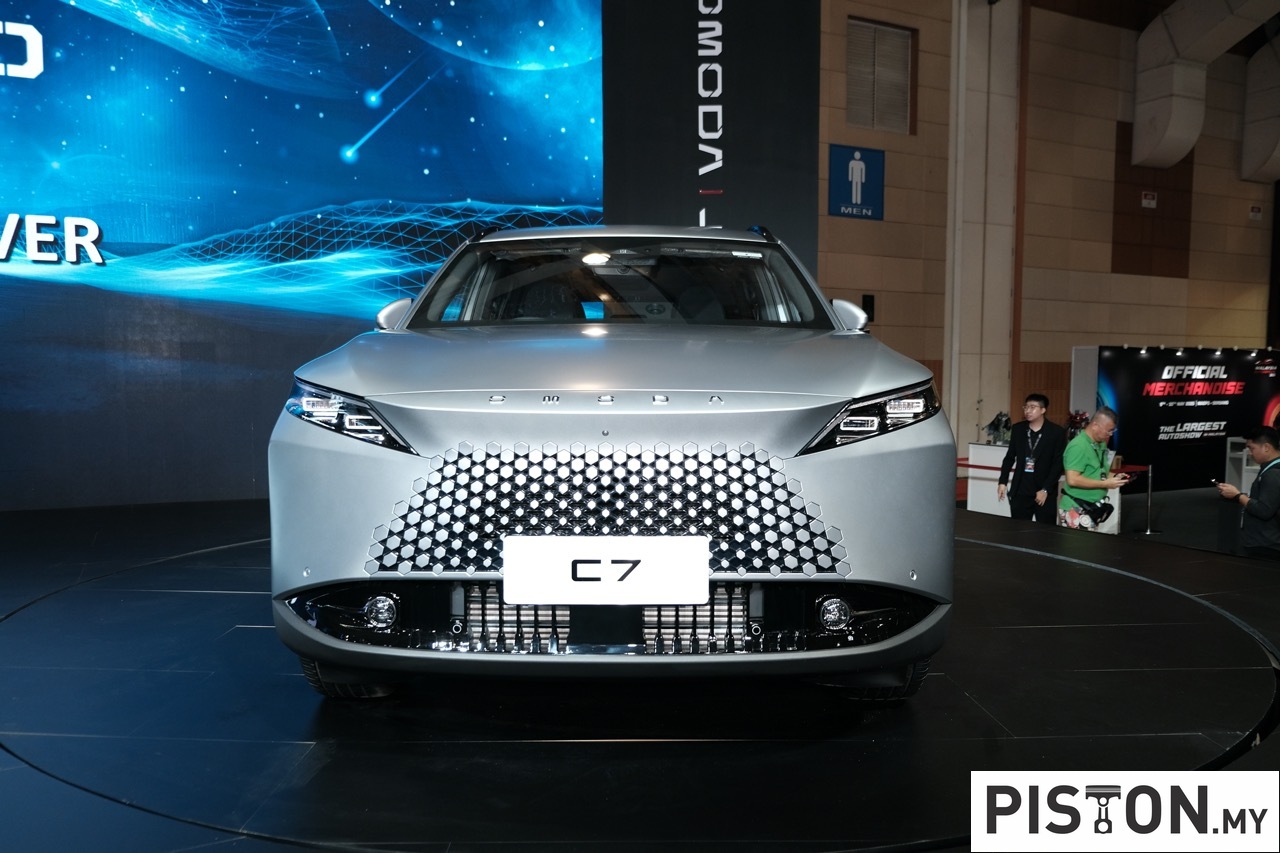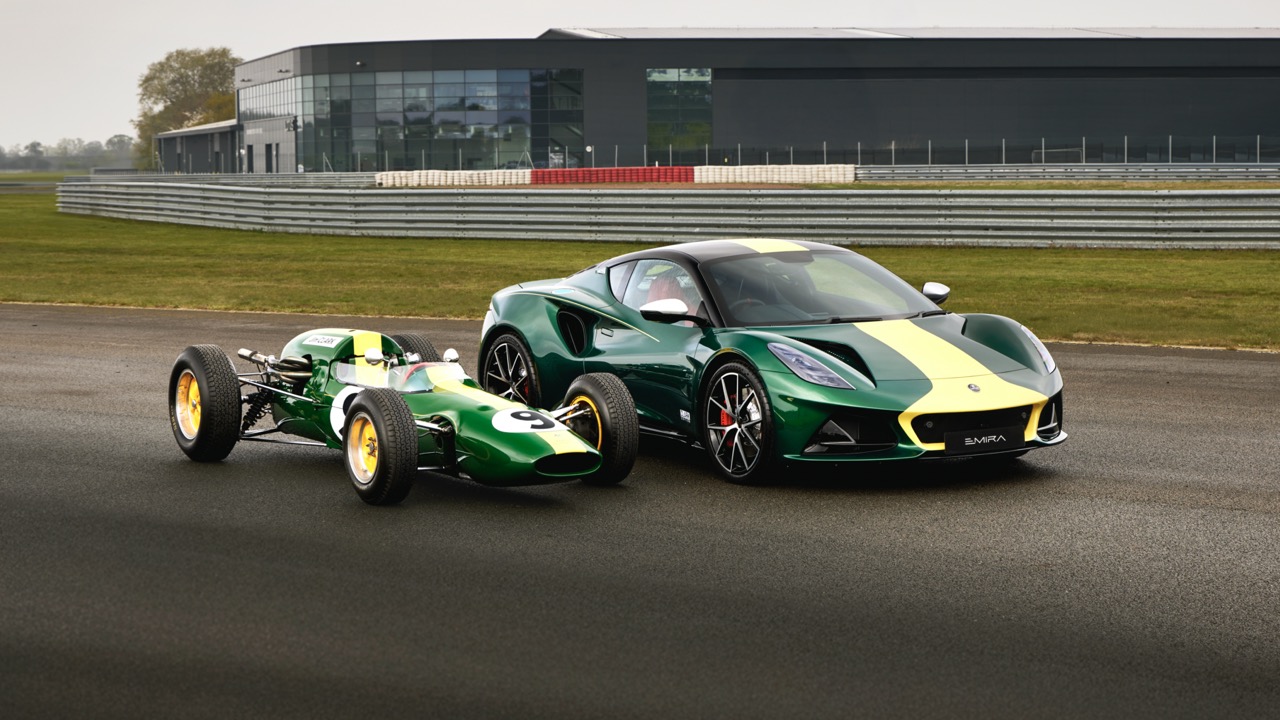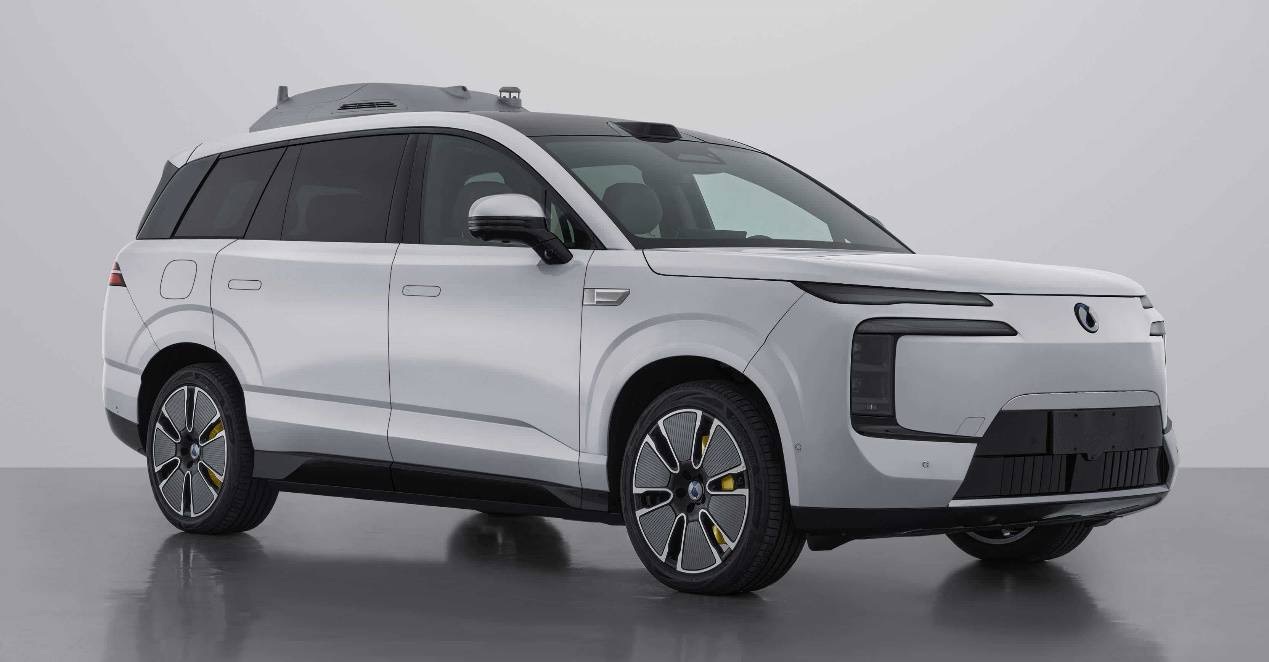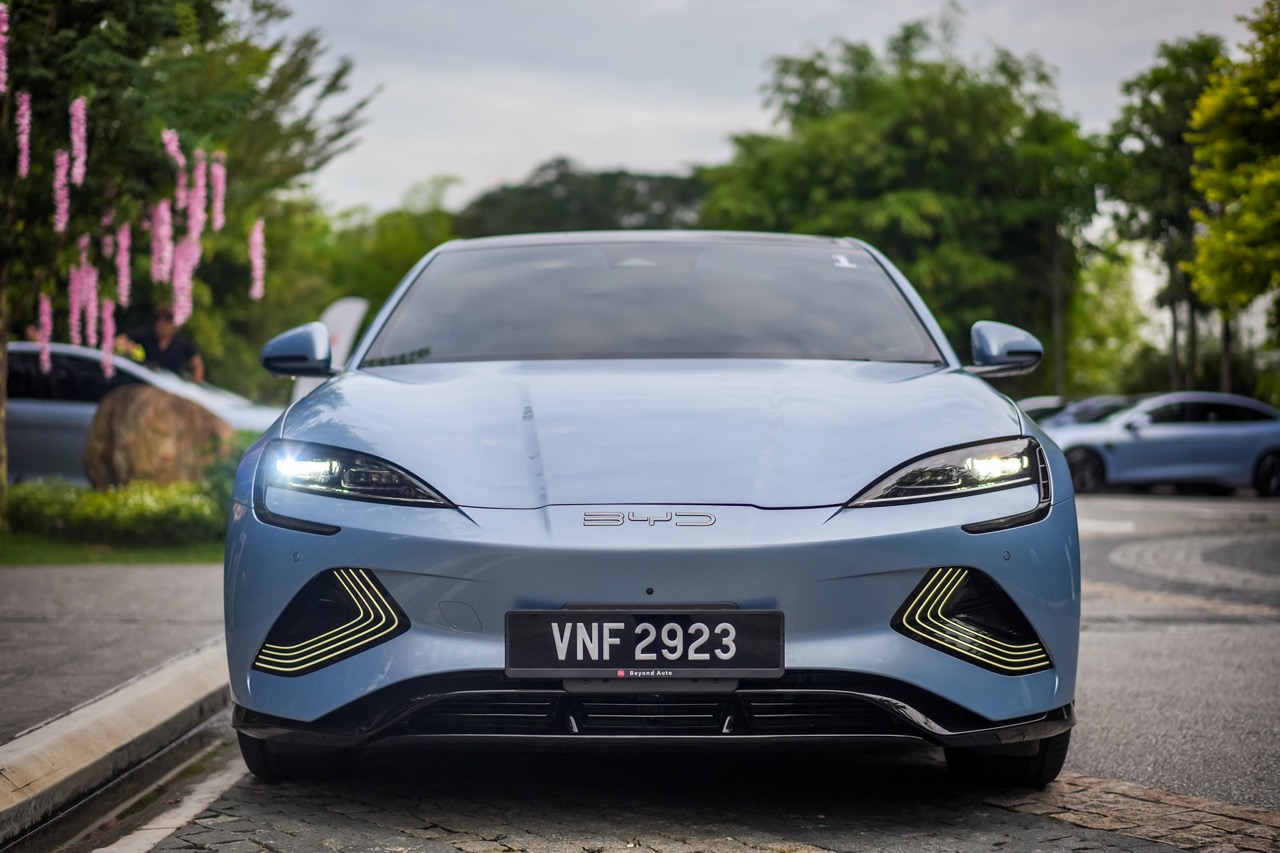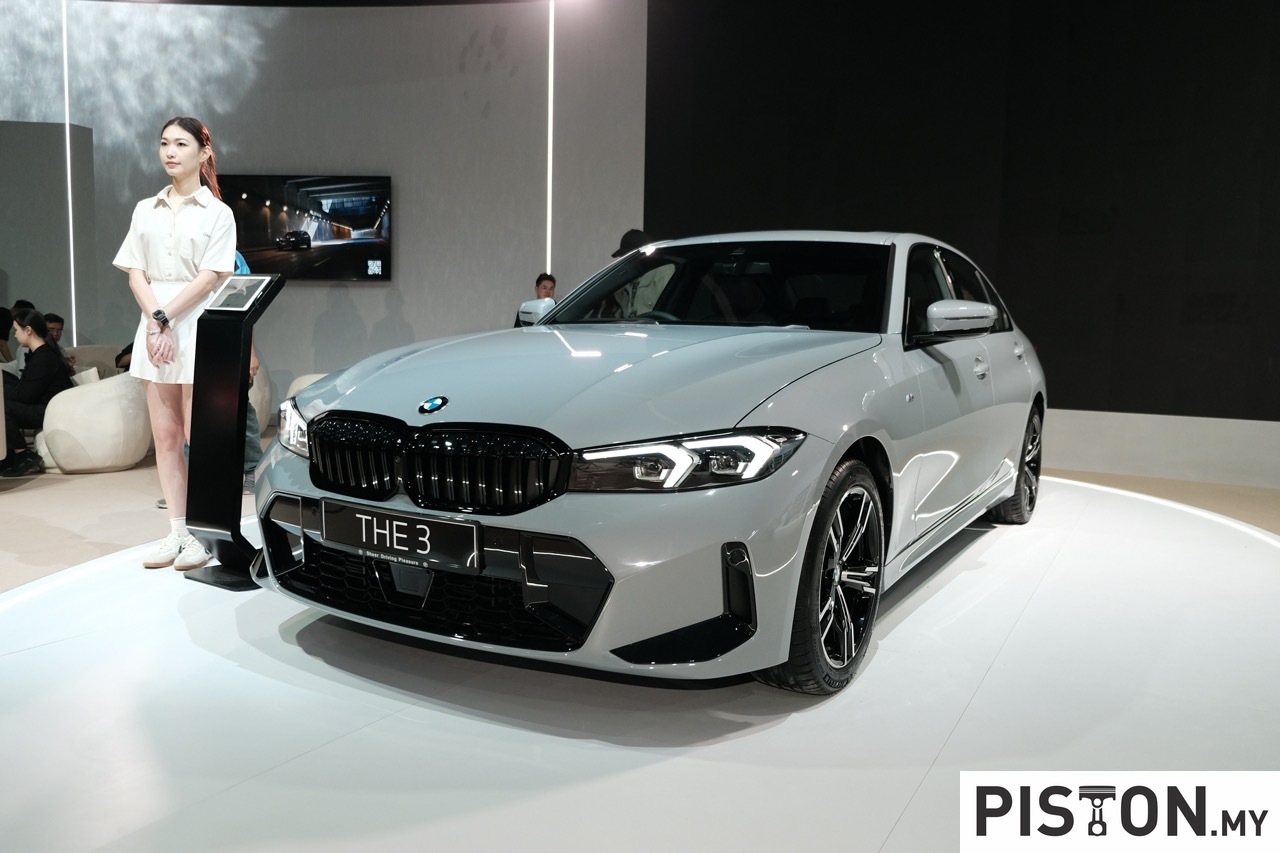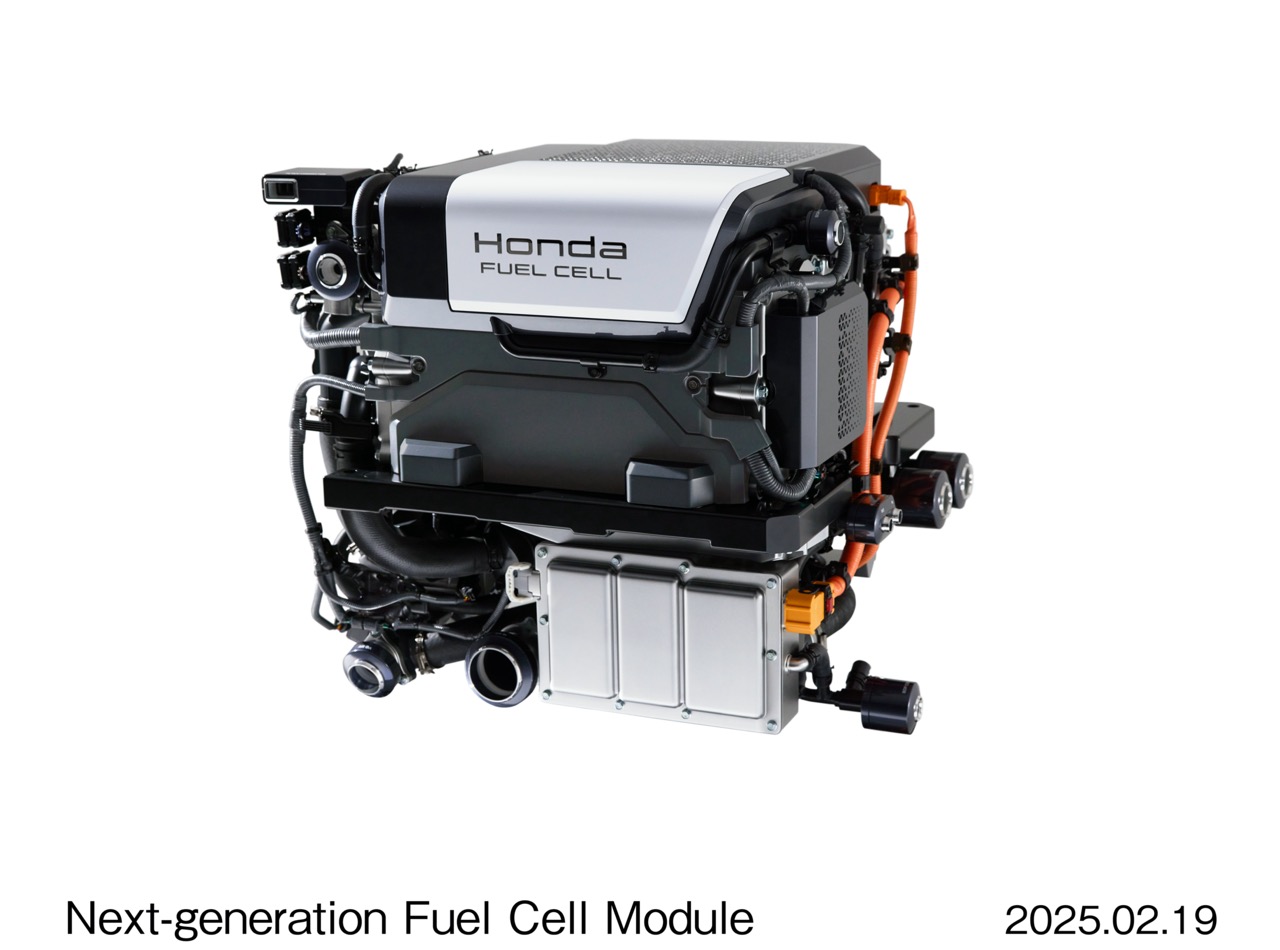The global electric vehicle (EV) market is set to defy scepticism, with analysts forecasting a significant 30% growth in sales for 2025. According to S&P Global Mobility, battery-electric vehicles (BEVs) are projected to achieve 15.1 million units in sales, capturing 16.7% of the global car market. This marks a significant increase from the estimated 11.6 million BEVs sold in 2024, which accounted for 13.2% of the market.
While some automakers have expressed concerns about weakening demand for EVs, industry experts remain optimistic about the sector’s trajectory. The anticipated growth underscores the accelerating shift toward sustainable transportation, although the pace of adoption will vary significantly across different regions.
Regional Trends in EV Adoption
The rate of EV adoption is expected to differ widely across regions, shaped by a combination of government policies, incentives, and infrastructure development. In India, for example, EVs are predicted to make up just 7.5% of total vehicle sales in 2025. However, the country is witnessing rapid growth, with EV sales expected to rise by 117% year-on-year as it builds the foundation for electrification.
In the United States, EVs are anticipated to grow by 36%, accounting for 11.2% of the market in 2025. Much of this growth hinges on the policies of President-elect Donald Trump, whose administration is expected to shape the future of EV tax credits and impose tariffs on imported vehicles.
China, a global leader in EV adoption, is forecast to see nearly 30% of its automotive market dominated by electric cars in 2025. This milestone comes as EVs are set to outsell internal combustion engine (ICE) vehicles for the first time. While growth in China’s EV sector is slowing to 20% year-on-year, it remains a pivotal market. However, analysts warn that an oversupply of models, intense competition, and aggressive price wars may lead to the downfall of some domestic brands.
Meanwhile, Europe is poised for a 43% rise in EV sales, with the region’s market share surpassing 20%. Despite economic challenges in countries like Germany, where subsidy reductions have impacted demand, the European market remains resilient. France and Spain are also scaling back incentives, but the overall appetite for EVs continues to grow as the region commits to a greener future.
Industry Challenges Amid Growth
Despite the positive outlook, the EV market faces several challenges. In China, foreign automakers like Volkswagen and Toyota are struggling to maintain their foothold, with their market share plunging from 64% in 2020 to just 37% in 2024. The dominance of domestic brands and fierce competition have reshaped the dynamics of the world’s largest auto market.
In Germany, waning EV demand has triggered concerns about potential factory closures and significant job cuts within the automotive sector. Volkswagen, a key player in the European market, is grappling with turmoil as unions threaten widespread strikes over cost-cutting measures.
Oversupply issues in China are another pressing concern, with the proliferation of EV models leading to pricing pressures and the likely collapse of weaker players. Analysts caution that while the market is expanding, manufacturers must navigate these challenges to sustain growth.
Looking Ahead
The global shift toward EVs continues to gain momentum, driven by rising consumer interest, advancements in charging infrastructure and tightening emissions regulations. In China, EV sales are expected to surpass ICE vehicles a decade ahead of the government’s 2035 target. Europe, despite subsidy reductions, remains committed to its vision of sustainable transportation, with EV demand projected to grow steadily.
As the market evolves, automakers must balance increasing demand with the need to address economic, political, and competitive challenges. The success of the EV sector will depend on strategic investments in innovation, infrastructure, and collaborative efforts to shape a sustainable future.






